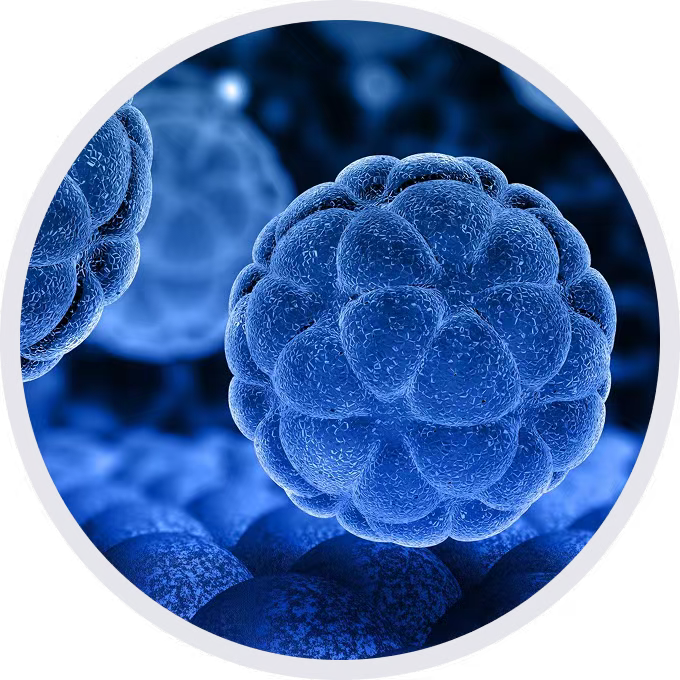
• 322373

| Product name | B-Tg(Luc-EGFP) NCI-H929 |
|---|---|
| Catalog number | 322373 |
| Tissue | Bone marrow |
| Disease | Plasmacytoma |
| Species | Human |

Luminescence signal intensity of B-Tg(Luc-EGFP) NCI-H929 cells. Cell lysates of wild-type NCI-H929 and B-Tg(Luc-EGFP) NCI-H929 were measured using the Bright-GloTM luciferase Assay (Promega, Catalog No. E4030). B-Tg(Luc-EGFP) NCI-H929 cells have a strong luminescence signal that is not present in wild-type NCI-H929 cells.

Growth kinetics of B-Tg(Luc-EGFP) NCI-H929 tumors determined by bioluminescence imaging (BLI) . B-Tg(Luc-EGFP) NCI-H929 cells (5×106) were injected into the tail vein of wild-type B-NDG mice (female, n=6). Signal intensity and body weight were measured twice a week. (A) Signal intensity. (B) Body weight. (C) Raw bioluminescence images. These results indicate that B-Tg(Luc-EGFP) NCI-H929 cells can be used for in vivo efficacy evaluation. Values are expressed as mean ± SEM.